
Bile is a bitter fluid essential component in digestion, emulsifying the fats in food, thereby aiding in their absorption in the small intestine. Bile is secreted by the liver and released into the gallbladder, to be stored until is is released into the duodenum -- the small intestine -- after a meal is taken.
Under abnormal circumstances, however, bile can be released into the abdominal cavity, irritating the organ and causing inflammation. This may occur after injury, infection of the gallbladder, swelling of the gallbladder, blockage of the gallbladder’s ducts, or bile leakage.
Bile peritonitis is usually the result of a more serious underlying condition. And although as many as 75 percent of animals die from this disease when caused by an infection, bile peritonitis is a rarely seen in cats.
Signs can be acute or chronic. However, symptoms for infectious bile peritonitis are generally acute, while those for non-infectious bile peritonitis are long-term. Such symtpoms include:
Bile peritonitis is generally caused by inflammation of the gallbladder or an injury that causes the cat's gallbladder to rupture or break. Moreover, inflammation of the gallbladder may be due to infection or a blockage of the gallbladder ducts, which can be caused by:
Your veterinarian will perform a thorough physical exam on your cat, taking into account the background history of symptoms and possible incidents that might have led to this condition. A complete blood profile will be conducted as part of a standard exam, including a chemical blood profile, a complete blood count, and a urinalysis.
If your cat is suffering from bile peritonitis, high liver enzymes will be present in the blood chemical profile and bile will be present in the urine. Abdominal X-rays and ultrasound will enable your veterinarian to visualize the liver and gallbladder area in the course of determining the origin of the bile leakage. Using an ultrasound to guide the process, your veterinarian may take a sample of your cat's liver for biopsy, along with abdominal fluid that is present in the abdominal cavity. These samples will be sent to the laboratory for analysis.
Treatment will depend on what is causing the bile to escape from your cat's gallbladder into its abdomen. Fluid therapy is standard for preventing dehydration, and antibiotics will be prescribed to prevent infection. Other drugs and the need for surgery will be entirely dependent on the cause of the leakage. However, the cause for bile peritonitis is often of a serious nature, and can be life threatening if not treated early and effectively.
Recovery is slow and regular follow-up appointments to your veterinarian are essential for following the progress and adjusting the drugs or treatment techniques as necessary. Blood work and samples of abdominal fluid will be taken at each visit. This will allow your veterinarian to see if the infection and/or bile leakage are still occurring. X-rays and ultrasounds may also be repeated at each appointment.
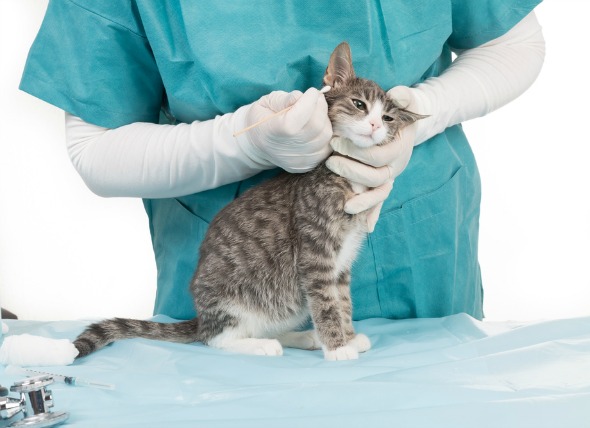 Ear Mites in Cats
Otodectes cynotis Mites in Cats
Otodectes
Ear Mites in Cats
Otodectes cynotis Mites in Cats
Otodectes
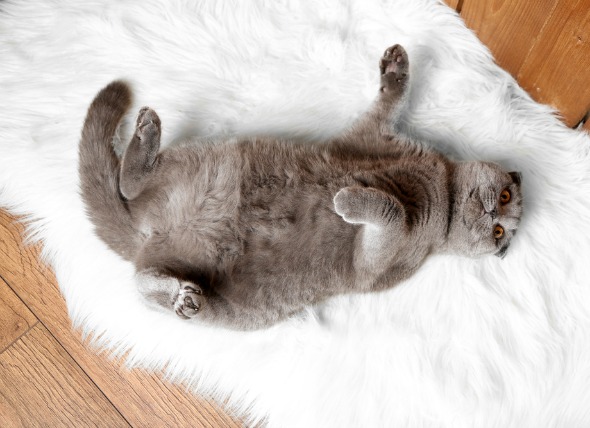 Irritable Bowel Syndrome in Cats
Chronic Irritation in the Lining of the Bowels in Cats
&
Irritable Bowel Syndrome in Cats
Chronic Irritation in the Lining of the Bowels in Cats
&
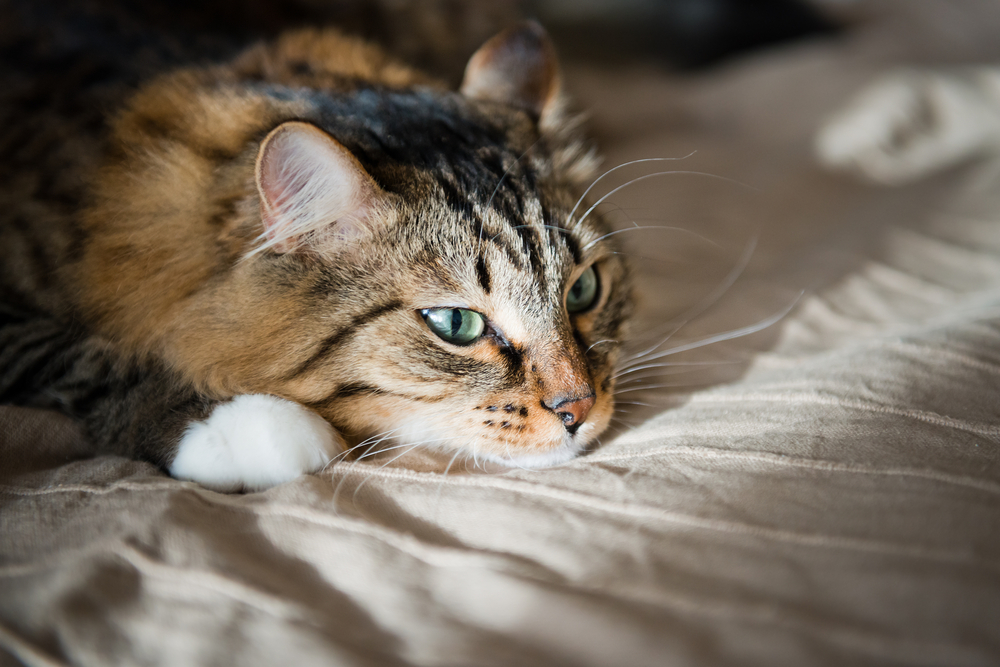 Wart Virus in Cats
Papillomatosis in Cats
The term papillomatosis is
Wart Virus in Cats
Papillomatosis in Cats
The term papillomatosis is
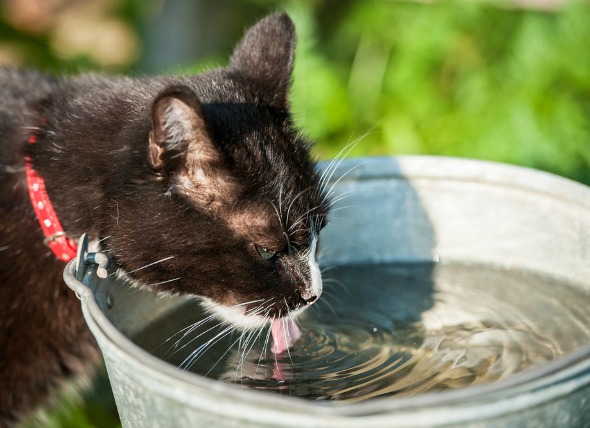 Increased Urination and Thirst in Cats
Polydipsia and Polyuria in Cats
Polyuria refers t
Increased Urination and Thirst in Cats
Polydipsia and Polyuria in Cats
Polyuria refers t
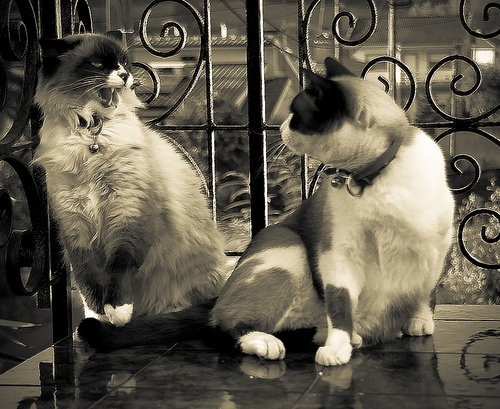 Why Do House Cats Fight?
Why Do House Cats Fight?
Why Do House
Why Do House Cats Fight?
Why Do House Cats Fight?
Why Do House
Copyright © 2005-2016 Pet Information All Rights Reserved
Contact us: www162date@outlook.com